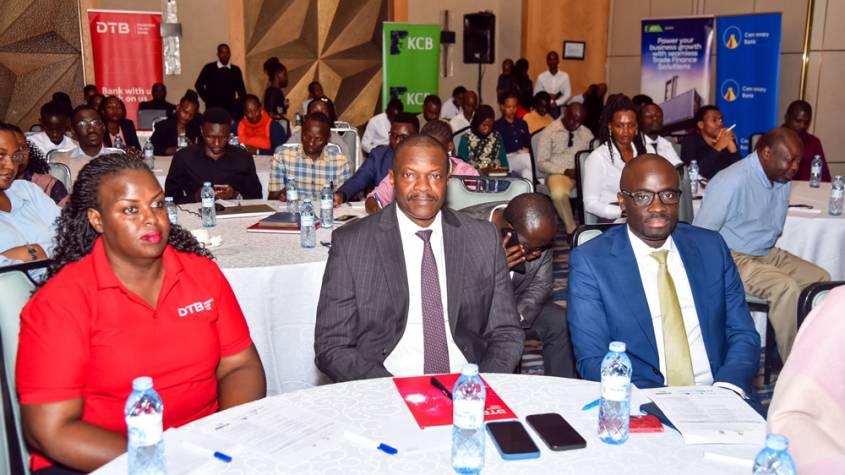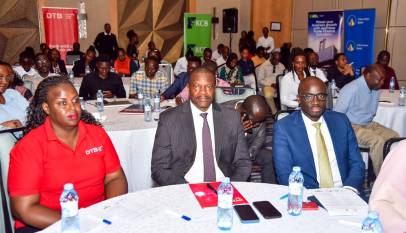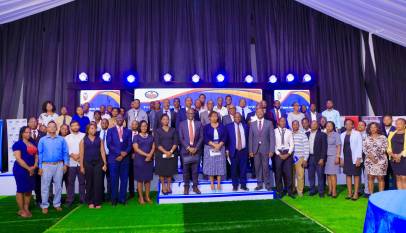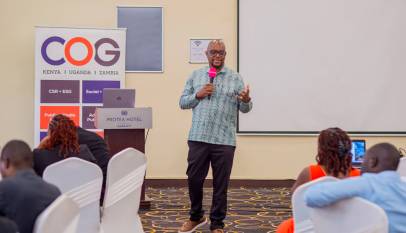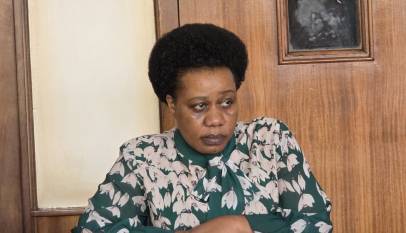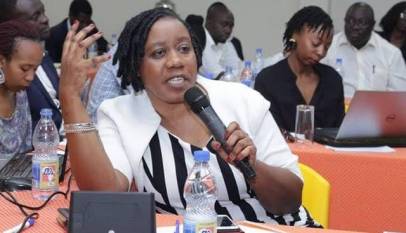We Are Ready to Finance Big Contracts: DTB MD Assures Uganda’s Construction Sector
The Managing Director of Diamond Trust Bank Uganda (DTB), Mr. Godfrey Sebaana, has assured Uganda’s construction sector that the country’s banking industry is now well-capitalized and positioned to finance large-scale infrastructure projects. Speaking at the 2025 Construction Procurement and Finance Dialogue in Kampala, Mr. Sebaana said DTB and other banks are ready to shoulder what he called the sector’s “heavy lifting,” provided that systemic obstacles to affordable credit are addressed.
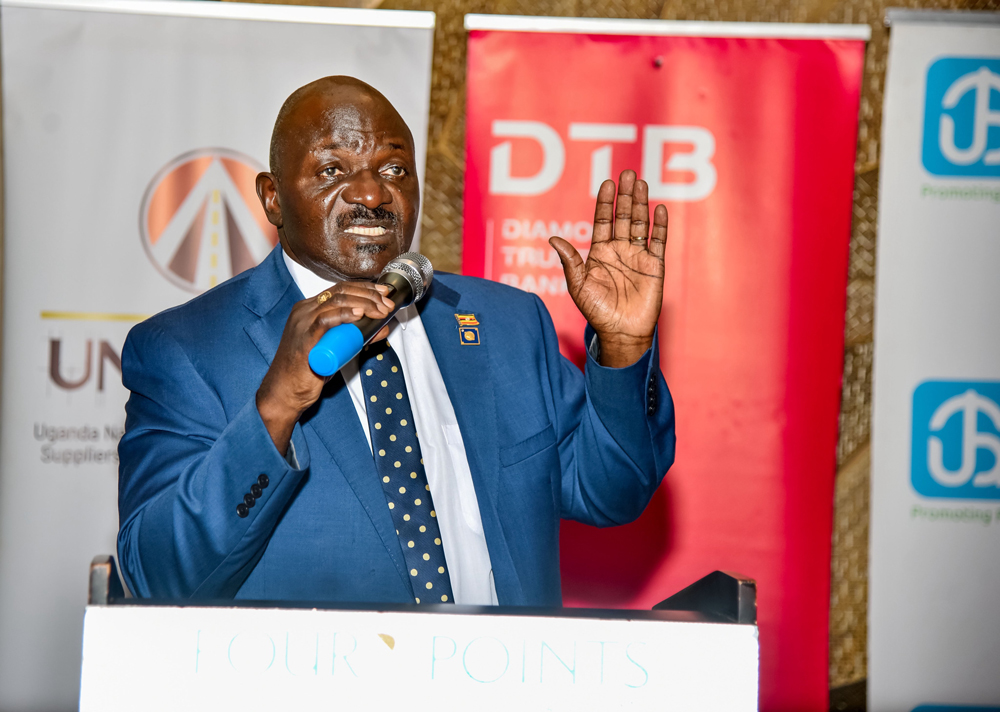
“We see the size of contracts growing. And we are saying clearly — we have the capacity to support you,” Sebaana declared. “The banking sector is ready to finance big contracts.”
The high-level dialogue, organized by the Uganda National Association of Builders, Suppliers and Engineering Contractors (UNABSEC), brought together government officials, procurement regulators, local contractors, and bankers to chart a path toward sustainable growth in Uganda’s construction industry. This year’s theme, “Unlocking Sector Growth Through Inclusive Procurement and Sustainable Financing Solutions,” set the stage for a frank exchange on the structural issues stifling local contractor capacity.
Presiding over the meeting, the Minister of Works and Transport, Hon. Gen. Edward Katumba-Wamala, called on financial institutions to rethink credit delivery and establish a dedicated construction finance window. “Equitable credit conditions are essential if local contractors are to deliver on Uganda’s infrastructure vision,” the minister said.
Stronger Banks, Bigger Potential
Mr. Sebaana, speaking in his dual capacity as DTB Uganda CEO and representative of the Uganda Bankers Association, explained that recent reforms by the Bank of Uganda had positioned the banking sector for greater support to capital-intensive industries like construction. The Financial Institutions Act was amended in 2024 to raise the minimum capital requirement for commercial banks from UGX 25 billion to UGX 150 billion a change he said was designed, in part, to facilitate financing of larger contracts.
“This increase wasn’t arbitrary,” he said. “It was necessary to enable banks to finance bigger clients, including those in construction, without breaching regulatory limits.”
Under current rules, banks cannot lend more than 25% of their capital base to a single borrower. “With UGX 150 billion in capital, that translates to UGX 37.5 billion available per large borrower,” Sebaana explained. “That’s a meaningful shift for this industry.”
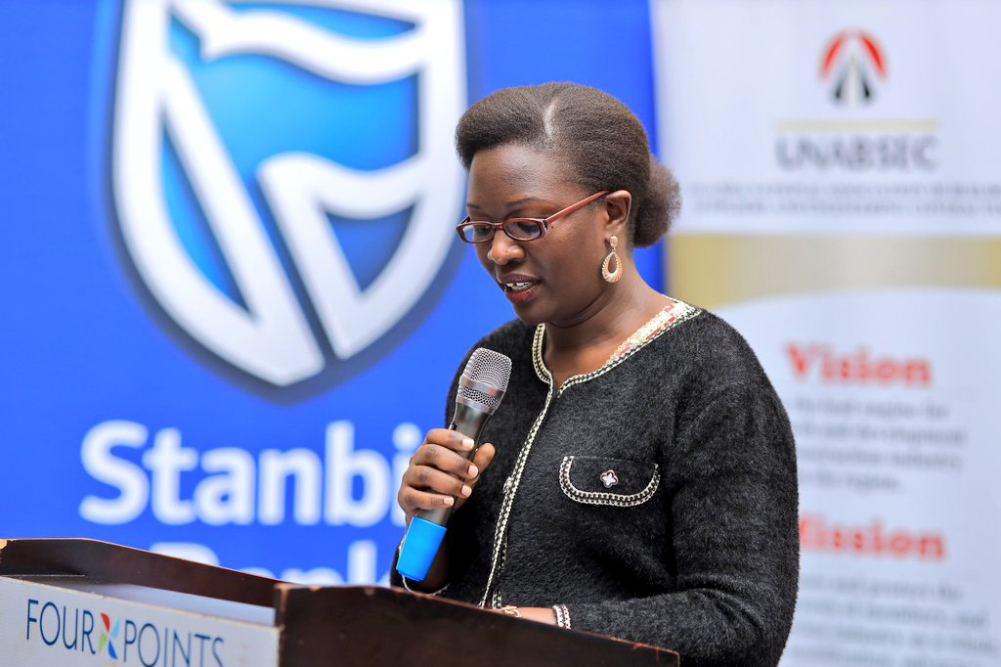
The Cost of Finance Still a Burden
Despite the increased lending headroom, Mr. Sebaana was candid about the factors that continue to drive up the cost of credit. He cited persistent challenges, including regulatory provisioning requirements, high operating costs, and government borrowing that influences domestic interest rates.
“When we mobilize deposits from the public, we must offer returns. That’s the base cost of our liquidity,” he said. “Add to that branch security, digital infrastructure, and mandatory reserves and the cost of credit can’t fall overnight.”
He acknowledged contractor concerns over double-digit interest rates, though he noted some easing in recent months. “The cost of local currency loans has come down to around 18%, from highs in the twenties. Dollar financing has also improved,” he added.
Delayed Payments, Restructuring Constraints
A key pain point raised at the dialogue was delayed payments for certified works a factor that Mr. Sebaana said undermines contractor cash flows and ultimately affects lending terms.
“Some of you are paid years after completing works. By then, your financing costs have wiped out your profits,” he said.
He pointed to loan restructuring limits under the Financial Institutions Act as another constraint. “We’re allowed to restructure a loan twice. On the third attempt, we must provision. That’s the law,” he noted. “Our hands are tied, and flexibility suffers.”
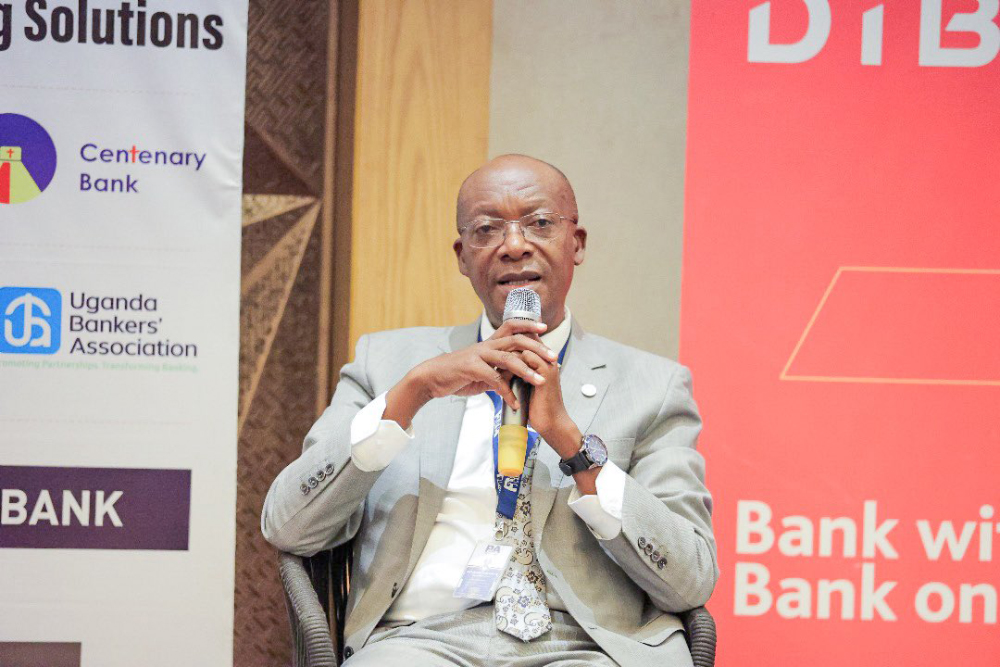
Shifting from Collateral to Cash Flow
In response to local contractors’ concerns about collateral demands, Sebaana said the industry is shifting away from traditional asset-based lending toward performance-based risk assessment.
“Land titles valued at UGX 100 million sound impressive but aren’t liquid when things go wrong,” he said. “What we now prioritize is your project’s cash flow when and how you’ll be paid.”
To support this shift, banks are working with insurers and development finance institutions to de-risk lending, lower capital requirements, and expand access. “The goal is to provide tailored financial solutions for contractors from working capital to equipment financing and advisory services,” he said.
Sustainability and Inclusion as Financing Criteria
Sebaana also emphasized the growing role of green finance in the construction ecosystem. He urged contractors to align projects with environmental, social, and governance (ESG) standards to access preferential capital.
“There is no price difference between brown and green capital by default,” he explained. “But we have made institutional commitments to subsidize green lending. If your project supports local content, employs women and youth, and meets carbon targets it qualifies.”
A Call to Realign Procurement, Policy, and Finance
UNABSEC President Ms. Kiara Binta Nkuranga, in her opening remarks, called for honest dialogue around the sector’s longstanding bottlenecks: limited work opportunities, expensive loans, and systemic payment delays.
PPDA Executive Director Mr. Benson Turamye added that Uganda’s economy offers significant construction prospects but that unlocking them depends on empowering local firms through procurement reform and financial inclusion.
As the dialogue closed, the message from Uganda’s banking sector was clear: financing is available but meaningful access requires partnership, transparency, and regulatory alignment.
“Come to us early. Share your project pipeline. Let’s structure a solution before the tender is even awarded,” Sebaana advised. “We’re here. We’re capitalized. And we’re ready to finance big contracts.”
Ugandans Should Not Have to Choose Between Surgery and Poverty
For too long, the story of surgery in Uganda has carried an unavoidable fear: the fear tha…
Now On Air – 88.2 Sanyu Fm
Get Hooked Right Here
DON'T MISS!!!
Sarah Bireete Charged at Buganda Road Court
The Director Centre and Constitutional Governance Sarah Birete, has been charged before the Buganda Road court with allegedly obtaining and disclosing National Voter's Information without consent from the Electoral Commission.

